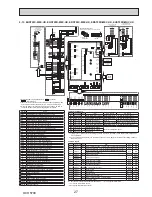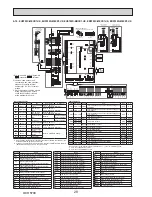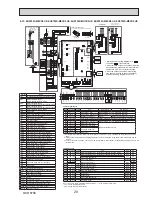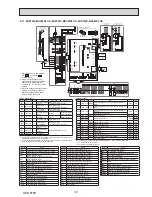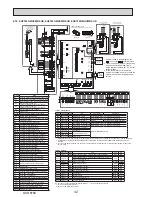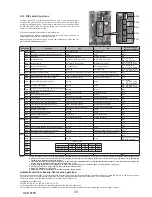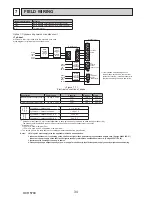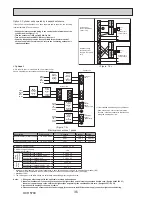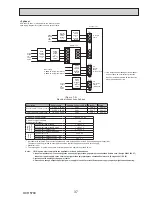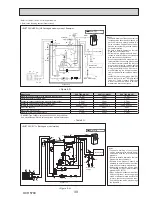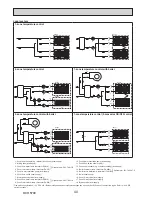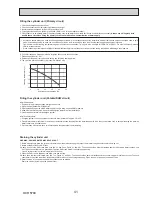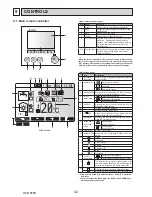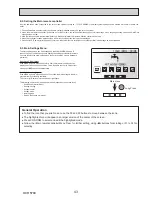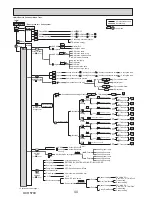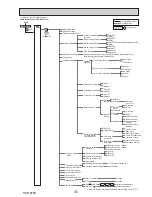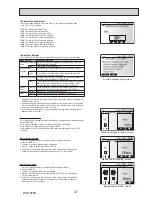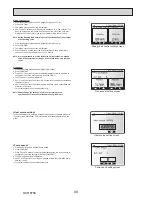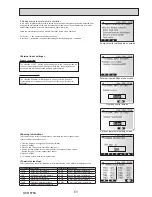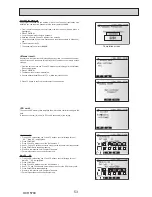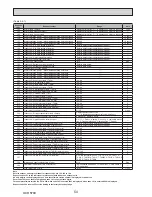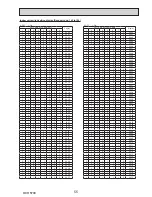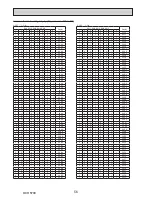
0
-25
-20
-15
-10
-5
5
0
10
20
30
40
50
41
Filling the cylinder unit (Primary circuit)
Draining the cylinder unit
WARNING: DRAINED WATER MAY BE VERY HOT
1. Before attempting to drain the cylinder unit isolate from the electrical supply to prevent the immersion and booster heaters burning out.
2. Isolate cold water feed to DHW tank.
3. Attach a hose to the DHW tank drain cock (No. 23 and 24 on Figure 4-1 and 4-2). The hose should be able to withstand heat as the draining water could be very
hot. The hose should drain to a place lower than the DHW tank bottom to encourage siphoning.
Open a hot water tap to start draining without a vacuum.
4. When the DHW tank is drained close drain cock and hot tap.
5. Attach hose to water circuit drain cock (No. 7 on Figure 4-1 and 4-2). The hose should be able to withstand heat as the draining water could be very hot. The hose
should drain to a place lower than the booster heater drain cock to encourage siphoning. Open the pump valve and the strainer valve.
6. Water remains in the strainer still after the cylinder unit was drained.
Drain the strainer by removing the strainer cover.
Initial fill procedure:
1. Ensure all pipe joints and fittings are tight and secure.
2. Open the most distant DHW tap/outlet.
3. Slowly/gradually open the mains water supply to begin filling unit and DHW pipework.
4. Allow most distant tap to run free and release/purge residual air from installation.
5. Close tap/outlet to retain fully charged system.
Initial flush procedure:
1. Energise system to heat-up cylinder contents to a temperature of approx. 30–40°C.
2. Flush/drain the water contents to remove any residue/impurities resulting from the installation works. Use the cylinder drain cock to safely discharge the warmed
water to drain via a suitable hose.
3. On completion, close drain cock, re-fill system and resume system commissioning.
Filling the cylinder unit (Potable/DHW circuit)
1. Check and charge expansion vessel.
2. Check all connections including factory fitted ones are tight.
3. Insulate pipework between cylinder unit and outdoor unit.
4.
Thoroughly clean and flush, system of all debris. (
Refer to 4.2 in the installation manual.)
5. Fill cylinder unit with potable water. Fill primary heating circuit with water and suitable anti-freeze and inhibitor as necessary.
Always use a filling loop with
double check valve when filling the primary circuit to avoid back flow contamination of water supply.
• Anti-freeze should always be used for packaged model systems. It is the responsibility of the installer to decide if anti-freeze solution should be used in split
model systems depending on each site’s conditions. Corrosion inhibitor should be used in both split model and packaged model systems.
Figure below shows freezing temperature against anti-freeze concentration. This figure is an example for FERNOX ALPHI-11. For other anti-freeze, please
refer to relevant manual.
• When connecting metal pipes of different materials insulate the joints to prevent a corrosive reaction taking place which will damage the pipework.
6. Check for leakages. If leakage is found, retighten the nut onto the connections.
7. Pressurise system to 1 bar.
8. Release all trapped air using air vents during and following heating period.
9. Top up with water as necessary. (If pressure is below 1 bar)
Freezing
temperature
[°C]
Anti-freeze concentration [%]
OCH570C
Summary of Contents for EHPT20X-MHCW
Page 108: ......

